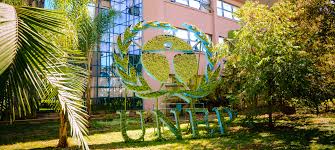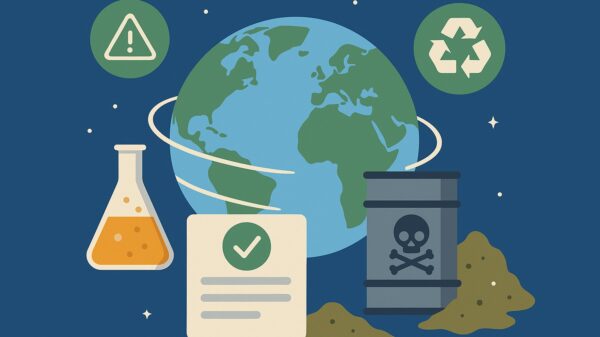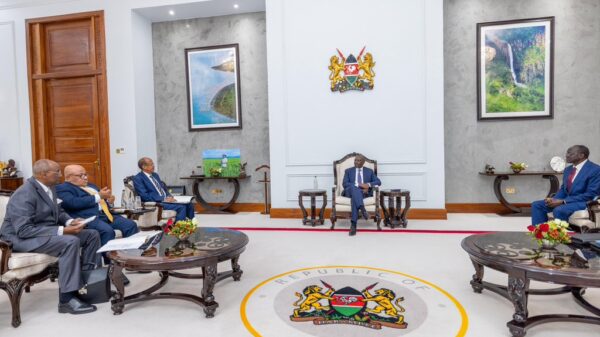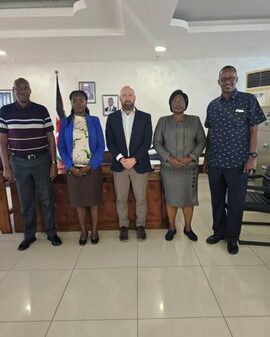“We have been trained to think that culture and nature are separate, that the two of them do not have a meeting point. But for this community, all is linked, the way they think about their resources and landscape is as one unit, there is no separation.”
Prof Maathai in her memoir illustrates that there is wealthy knowledge that is held within communities when she argues that culture could be the missing link to development in Africa.
She believes African states have delayed in addressing their environmental challenges because of failure to understand themselves and their relationship with their landscapes.
This, according to Borona, should be the anchor point of engaging communities to extract indigenous knowledge based on their cultures.
She explained that interventions set to conserve the environment fail because communities living in protected areas are viewed as enemies to the environment instead of resources that can be utilised to get better results.
But also for communities to be involved, a lot of public education is required.
Public education should however, not always be formal.
Borona trusts that community elders have knowledge that is important for their communities and also for policy makers.
“Communities should educate themselves. There are some with a lot of knowledge especially the elders – they think different from what we think.”
In most cases, governments deploy officers to protect forests and wildlife sites, but they are too few compared to the vast areas they have to protect.
Borona says using communities near them is free labour that also makes the communities to feel appreciated and share ownership of the natural resource.
“Nyandarua lies on 109 hectares, it’s a large forest. How many people are you going to station around these forests to guard communities from accessing the forest? We don’t have that kind of machinery to prevent people from accessing that region,” Borona wondered.
Kenya Forest Act 2005 was seen as an improvement to community engagement as it recognises the role of communities as partners in conservation.
According to Borona; “animosity has been there historically but the Act tries to make the shift to include them. Communities feel more appreciated.”
However, she feels more needs to be done since communities living in protected areas are still disgruntled by the approach employed in management natural resources.
Borona who is fond of Prof Maathai and derives a lot of inspiration from her work and writings believes her PhD will be her bridge to leading community driven conservation to mend the missing link that the late Nobel Laureate identifies in her memoir.


































